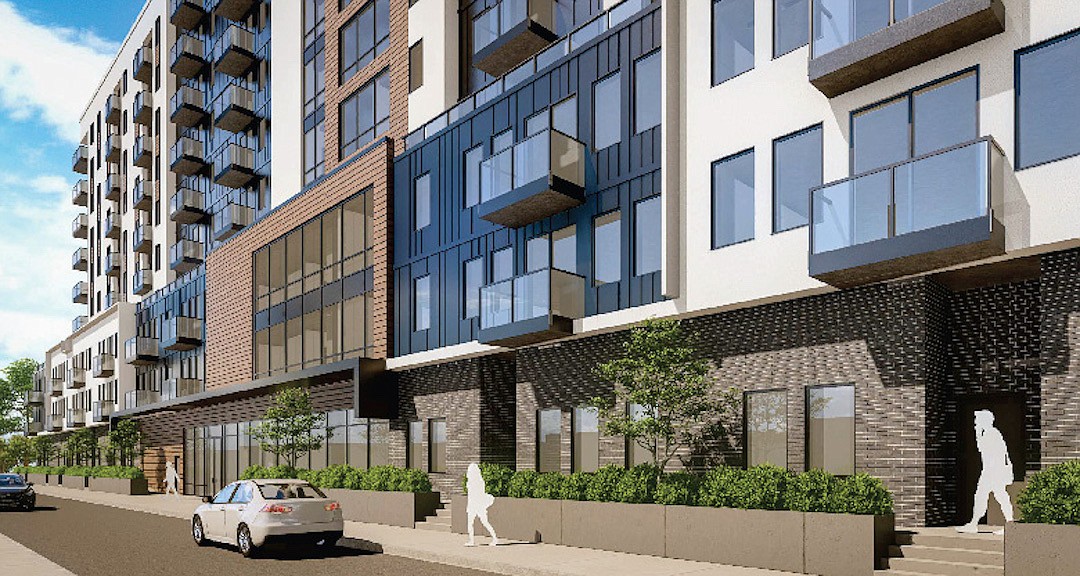- March 13, 2025
-
-
Loading

Loading

Sarasota city commissioners are in unanimous agreement that the city is in an affordable housing crisis, but they're divided on the formula for how to resolve it.
On March 2, commissioners narrowly approved on first reading a proposed text amendment to encourage private development of affordable housing outside the downtown zone districts by a 3-2 vote. The primary objection by dissenters Vice Mayor Jen Ahearn-Koch and Commissioner Debbie Trice was that the ordinance requires too few affordable units for the density bonus allowed.
Although they didn’t call it a “developer giveaway” as portrayed by some detractors, they wanted to see a little more for the reward of a bonus of three times the base density along commercial corridors and in commercial centers.
In summary, the ZTA covers some 700 properties in 29 different existing zone districts with future land use identified as Urban Mixed-Use. The concept is to encourage mixed-use redevelopment where market rate and affordable housing renters can live close to where they work and multi-modal transportation such as transit.
Including the incentives in a mixed-use development, staff said, can result in suburban sprawl being redeveloped into self-contained, complete communities.
The bonus density is available to developers that set aside 15% of those additional units and price them as affordable, defined as attainable for households earning 80% or less, 100% or less or 120% or less of the area median income.
The affordable units must be divided equally among those three tiers, share common access and amenities, be spread out among the entire project and be identical to the market-rate units.
Ahearn-Koch in particular was displeased that the 15% of the bonus density comprises only 11% of the overall project, and although she couldn’t identify the tipping point, she said that number should be higher.
Planning Director Steven Cover told the Observer that the affordability ratio of the density bonus wasn’t selected at random, but was based on research of other programs, developer input and, locally, examples of what does and does not work.
The Rosemary District, for example, has for a decade offered bonus density of four times base density in exchange for 25% affordable units. That incentive has thus far produced zero results.
But a year in with the new bonus density of four times the base in exchange for 15% of that bonus being priced as affordable, the city is beginning to see results.
“It's easy to say 25% or 30% will generate more attainable housing units,” Cover said. “The developers just won’t do it, and that's why we're in that 15% range. Now they are interested in doing it, and they're already submitting projects.”
Cover said developers are taking a wait-and-see approach outside downtown on the final version of the amendment if approved on second reading — scheduled for April 1. But the results in downtown already are proof that it’s the correct ratio.
There are currently three planned residential rental developments in the Downtown Core zone that include 87 affordable units among a total of 799 apartments.
“In the very beginning, when we proposed the attainable housing downtown, people wouldn't believe that we could ever do it,” Cover said. “It’s happening, and that's pretty encouraging, so for the commercial corridors and commercial sites, we're using the same percentage because it is working.”
The most significant differences outside of downtown is the bonus density was reduced from four times to three times the base, and height restrictions of five stories, if providing affordable units. The program is voluntary and those sites can be developed under current zoning without affordable units.